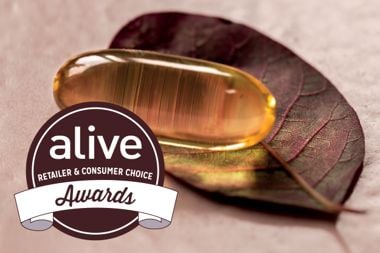
Q: What do I need to know about vitamins K1 and K2?
A: Understanding this fat soluble vitamin and its important roles in biological functions can be complex.
Two basic types of vitamin K, K1 (phylloquinone) and K2 (menaquinone), work to activate proteins that normalize blood clotting and promote bone and cardiovascular health. K2 seems to play a larger role in activating osteocalcin for proper bone mineralization. It also helps keep calcium from accumulating in vessel walls which could eventually lead to hardening of arteries.
In our food
Vitamins K1 and K2 come from very different dietary sources. K1 can be found in plant-based foods like green leafy vegetables, Brussels sprouts, broccoli, kale, cabbage, and algae. The US National Institutes of Health (NIH) suggest that phylloquinone in plant foods is bound tightly to chloroplasts, which may hinder K1 absorption rates.
K2, on the other hand, can be found in modest amounts in most animal foods like meats, cheeses, eggs, liver, and chicken. K2 can also be found in fermented foods like natto and kimchi. Natto, fermented soybeans, offers the highest amount of menaquinone-7 (MK-7), a well-researched subgroup of K2, according to the NIH.
In the gut
Vitamin K2 may also be synthesized by bacteria in our intestines. Not all subgroups of K2 originate from a bacterial origin. Menaquinone-4 (MK-4), also a subgroup of K2, is actually produced by vitamin K1. Another good reason to keep eating your leafy greens.
An assessment by a health professional that takes into consideration your diet, gender, age, and your major health concerns can be helpful when deciding if you are getting enough vitamin K. If you’re thinking of supplementing, work with your health care practitioner to avoid any possible contraindications.




